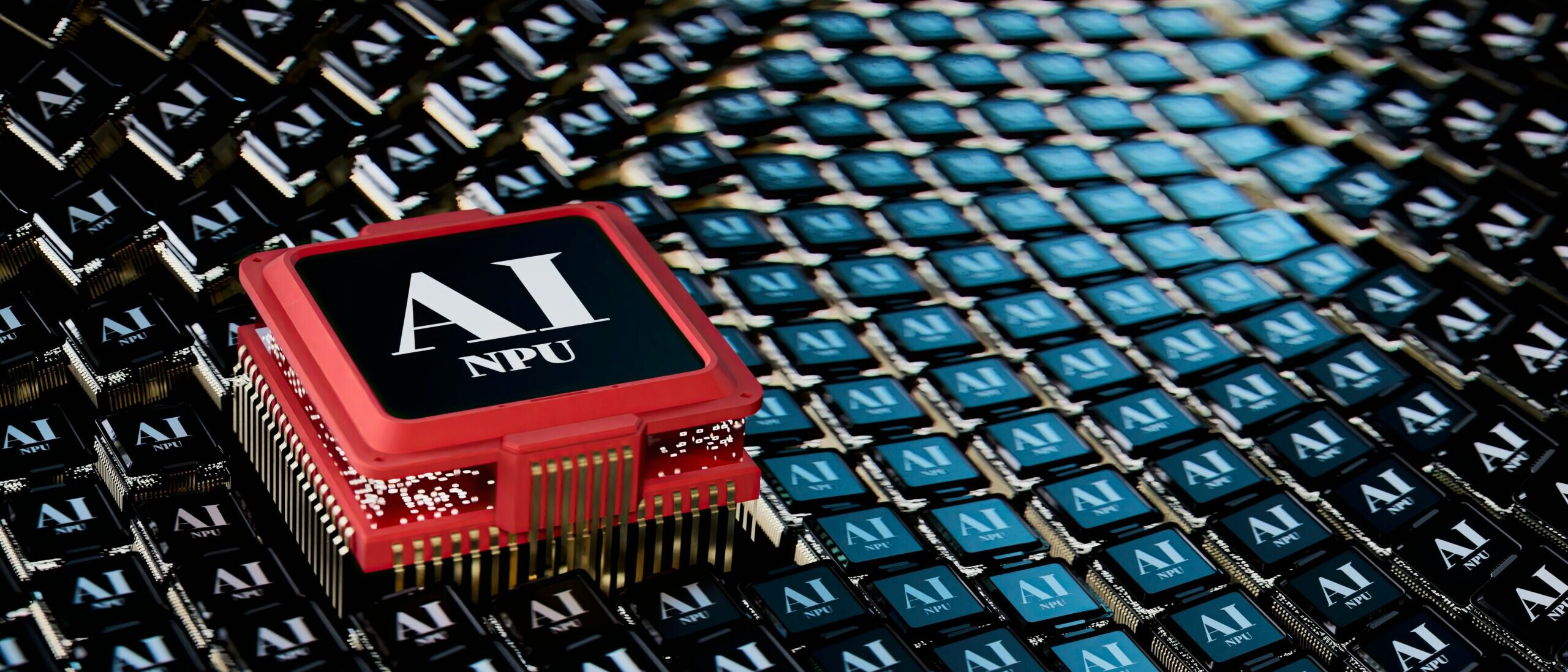The First GenAI Malware Creation: A New Era of Cyber Threats
Jeff Wolverton

Researchers have uncovered one of the first GenAI malware creation instances, marking a significant milestone in the evolution of cyberattacks. In this case, threat actors have leveraged generative artificial intelligence (GenAI) to craft malicious code used in a phishing campaign, distributing an open-source remote access Trojan (RAT) known as AsyncRAT. This discovery highlights the growing role of AI in both legitimate and illicit cyber activities, with attackers now exploiting advanced tools to speed up and simplify malware creation.
The First GenAI Malware Campaign: How It Was Discovered
HP Wolf Security uncovered this new attack method when investigating a suspicious email in June. The email contained a “French email attachment” disguised as an invoice, which researchers initially assumed to be part of an HTML-smuggling attack. Upon further analysis, the team discovered that the attackers used un-obfuscated VBScript and JavaScript code to spread the AsyncRAT malware.
What made this particular campaign stand out was the structure of the code, the detailed comments, and the selection of function names, all of which suggested the involvement of GenAI in malware creation. The malicious scripts were unusually transparent, with clear code comments left by the attackers—a rare occurrence in malware design, where obfuscation is typically used to avoid detection. This made the code easier to analyze and indicated that generative AI was used to help write the scripts.
The Role of GenAI in Malware Creation
This instance represents one of the first observed uses of GenAI to create malicious code in the wild. While AI has previously been used to write more convincing phishing emails, this case is the first significant evidence of AI being directly involved in the creation of malicious code. The use of generative AI allowed cybercriminals to bypass traditional barriers to entry, making it easier to generate harmful scripts quickly and with less effort.
AsyncRAT, the malware being distributed in this attack, is a commonly available remote access Trojan. It gives cybercriminals complete control over a victim’s machine, enabling them to steal data, install additional malware, or take full control of the system. By utilizing GenAI to write the code, attackers could automate the creation of this type of malware, accelerating the speed of cyberattacks and making them more accessible to less skilled cybercriminals.
How GenAI is Transforming Cybercrime
The first GenAI malware creation represents a significant shift in the cyber threat landscape. While AI-generated phishing has been documented in the past, this new use of AI for creating malicious code marks a troubling escalation. Legitimate AI tools typically have safeguards in place to prevent their misuse, but attackers have found ways to bypass these protections, allowing them to use AI in increasingly malicious ways. This rise in malicious GenAI activity is being observed on the Dark Web, where cybercriminals collaborate and share AI-driven tools and techniques.
HP Wolf Security’s research highlights the increasing danger of GenAI in cyberattacks, showing how it can significantly lower the bar for entry into cybercrime. With AI-generated code, attackers no longer need deep technical knowledge to create sophisticated malware. This trend is expected to continue, with more criminals turning to AI-driven tools to help them launch cyberattacks.
A Detailed Look at the Attack Process
In this attack, the researchers uncovered an intricate infection chain initiated by the malicious email. After opening the disguised invoice attachment, users were prompted to enter a password to decrypt the file. Once decrypted, the file contained a VBScript that started the infection process. The VBScript embedded various variables into the Windows Registry, which were later used by other stages of the attack.
Part of the infection chain involved dropping a JavaScript file into the user directory. This file read a PowerShell script from the registry and injected it into a newly created PowerShell process. The script then made use of the variables previously stored in the registry, running two additional executables and eventually launching the AsyncRAT payload. This level of detail, coupled with the lack of code obfuscation, further supports the conclusion that GenAI was used to generate the malware scripts.
Implications and Defense Strategies for GenAI-Powered Attacks
With the first GenAI malware creation now identified, cybersecurity professionals are facing a new type of threat. The use of GenAI in cyberattacks accelerates the pace of these campaigns and makes it easier for less experienced attackers to deploy malware. This shift highlights the need for AI-driven defenses to counterbalance the growing threat of malicious GenAI.
Organizations can use generative AI tools in their own defense strategies, leveraging these technologies to detect patterns in suspicious activity, identify vulnerabilities, and predict potential attack vectors. Just as GenAI streamlines the attack process for cybercriminals, it can also streamline threat detection and response for defenders. AI tools can help security teams quickly identify anomalies, enabling them to react before a breach occurs.
Conclusion: The Need for Proactive AI Defenses
The first GenAI malware creation is a wake-up call for cybersecurity professionals worldwide. Attackers are rapidly adapting and using AI in more sophisticated ways, which means defenders must also evolve. Adopting AI-based solutions to detect, analyze, and prevent threats will be crucial as more cybercriminals harness the power of GenAI for their attacks.
By staying ahead of these developments and using generative AI to enhance security measures, organizations can protect themselves against this new era of AI-driven cybercrime. As the landscape of threats continues to evolve, the need for innovative, AI-powered defense strategies will only grow more critical.
Jeff Wolverton
Jeff, the CEO of PivIT Strategy, brings over 30 years of IT and cybersecurity experience to the company. He began his career as a programmer and worked his way up to the role of CIO at a Fortune 500 company before founding PivIT Strategy.
